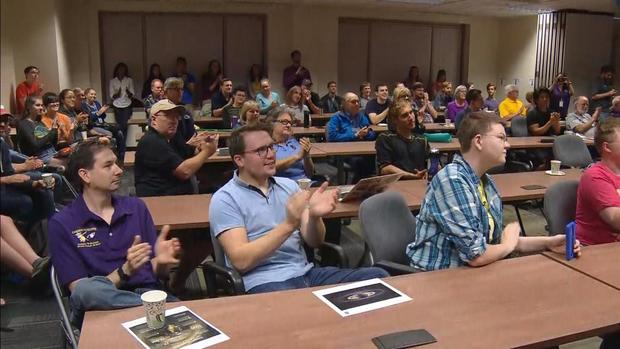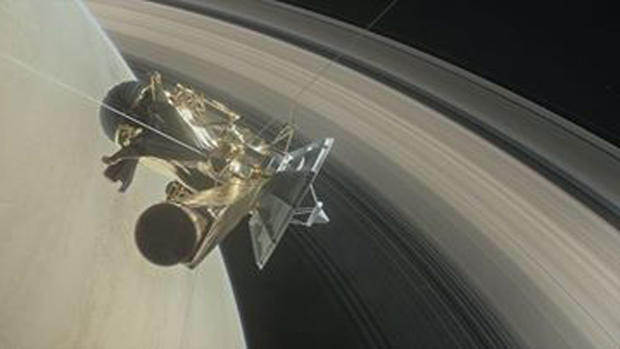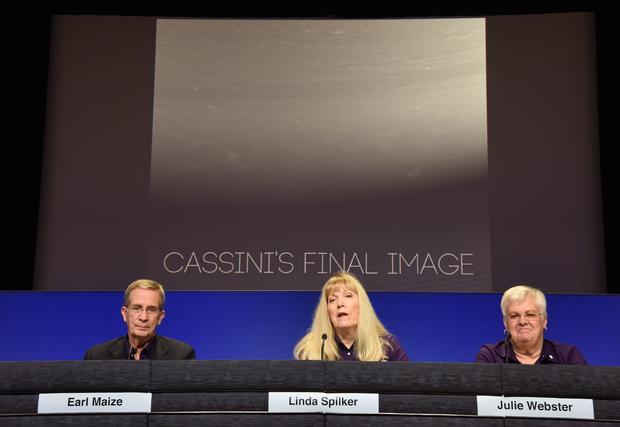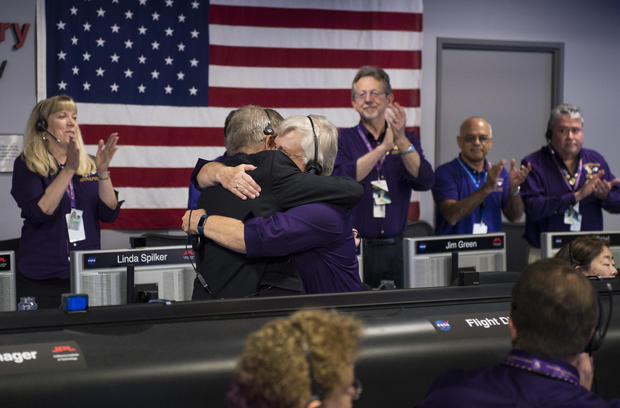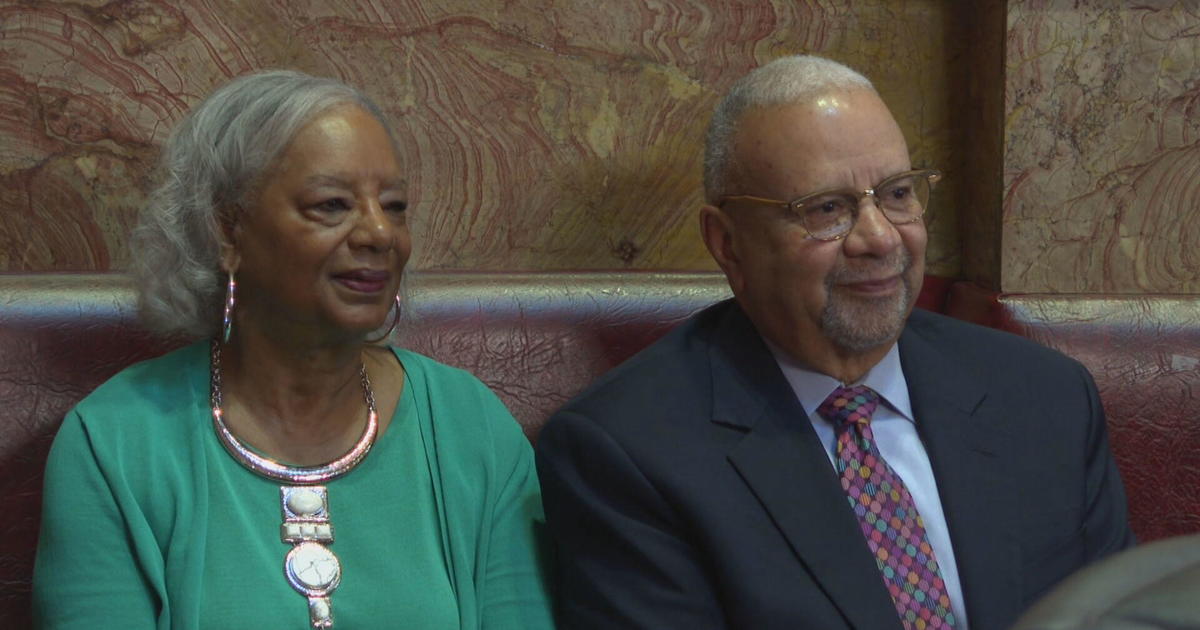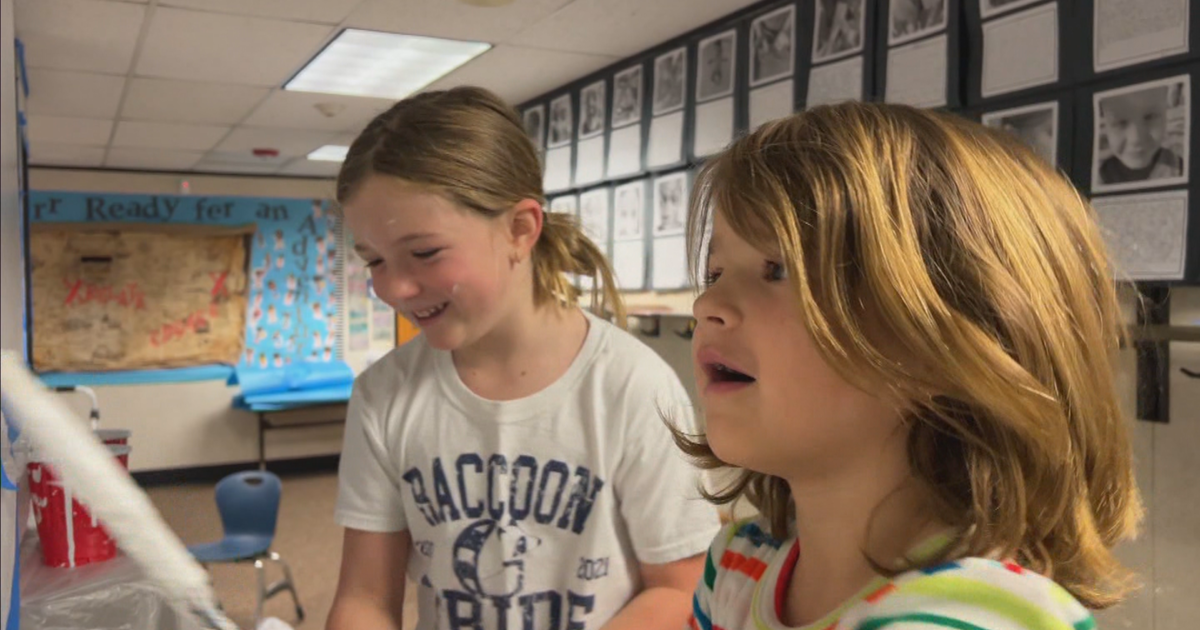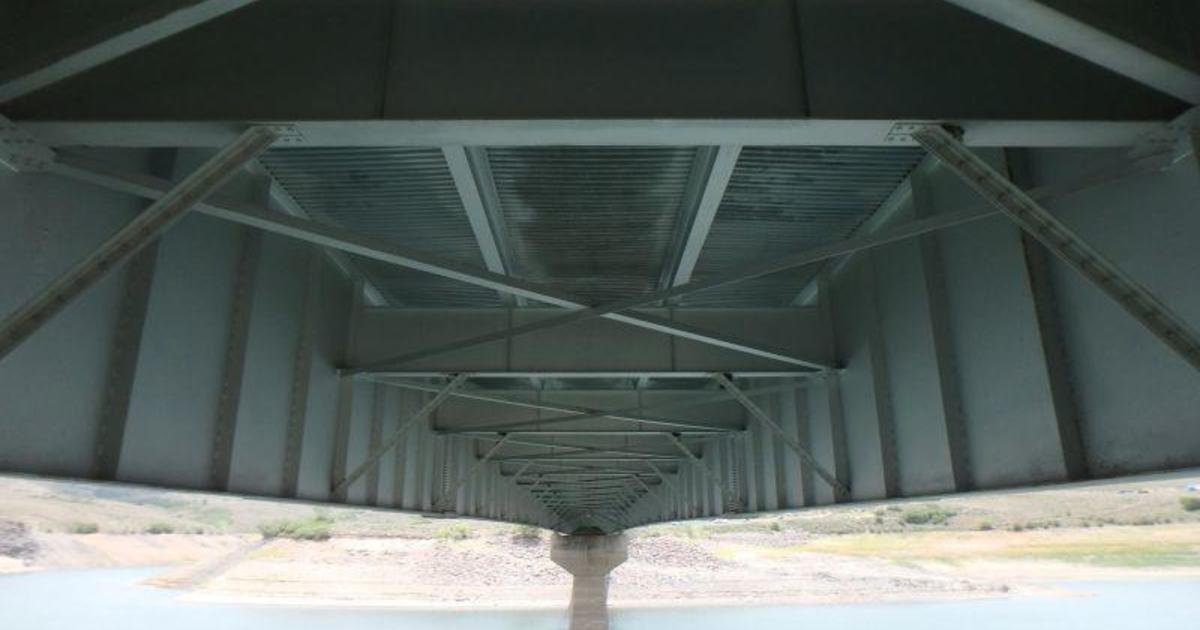Cassini's End Viewed In Colorado: 'A Sad Moment, But A Fantastic Mission'
By Tori Mason
BOULDER, Colo. (CBS4) - It was a bittersweet morning in Boulder for the science community at the University of Colorado.
More than 100 people packed the Laboratory for Atmospheric and Space Physics and watched Cassini's 20 year journey come to an end.
"It's a sad moment, but it was a fantastic mission. Cassini did a huge amount of things. It's sad but inevitable," said research scientist Fran Bagenal.
CU Boulder is the only university in the world to have constructed instruments that visited every planet in our solar system. When Cassini disintegrated in Saturn's atmosphere Friday morning, it took a $12 million Ultraviolet Imaging Spectrograph built by CU LASP with it.
Cassini intentionally ended its mission. The spacecraft was running out of fuel and NASA didn't want to risk the spacecraft crashing into one of Saturn's moons.
"We don't want to leave our junk orbiting around Saturn where some day it might crash and contaminate another world," said MMS Science Data Center lead Kristopher Larsen.
Cassini collected 600 gigabytes of data, took 400,000 pictures and completely transformed our understanding of the planets. For LASP, losing Cassini was like losing a team member.
"Cassini was launched 20 years ago. The instrument LASP built was designed many years before that, so in way we've been working on this 25 years plus. Several scientists have been on this mission the entire time," said Bill Possel, Director of Mission Operations at LASP.
Cassini kept working right up until its final hours. Thursday night, the spacecraft took its last pictures of Titan and Saturn's rings.
Tori Mason is an award-winning reporter for CBS4 This Morning. Follow her on Twitter @ToriMasonTV.
